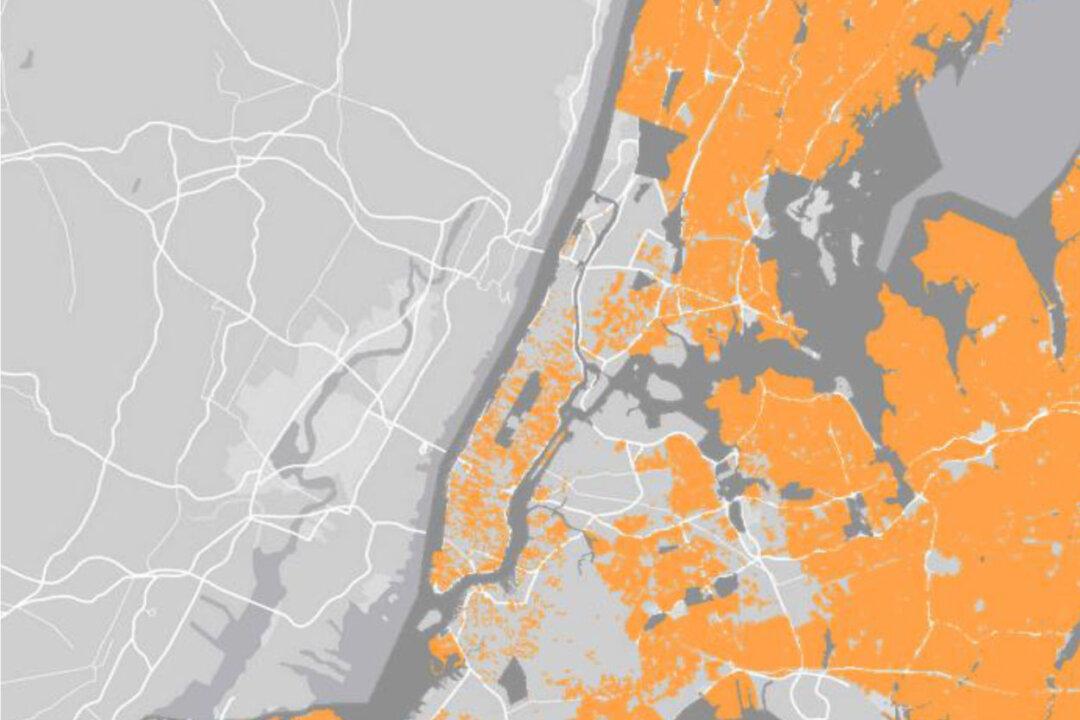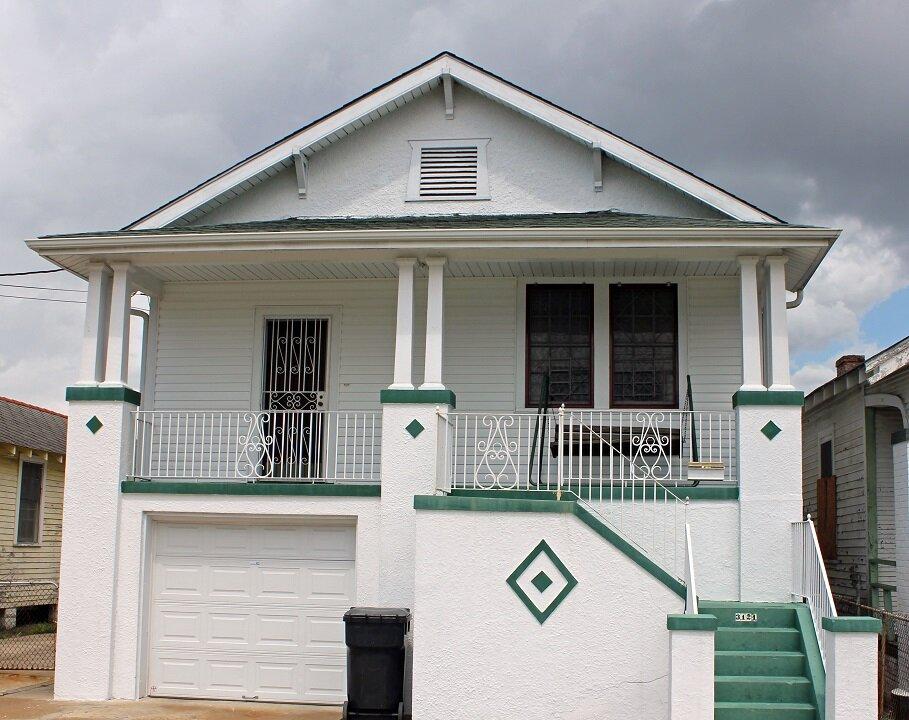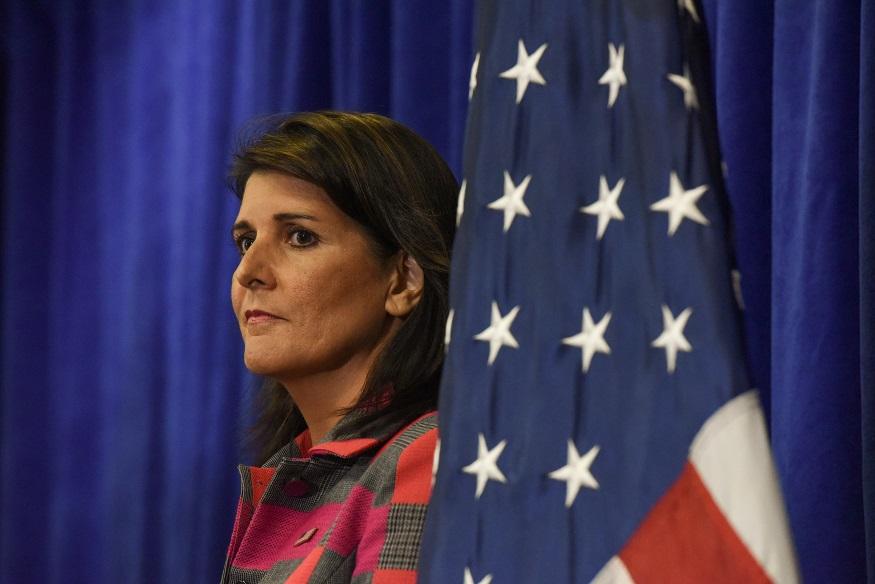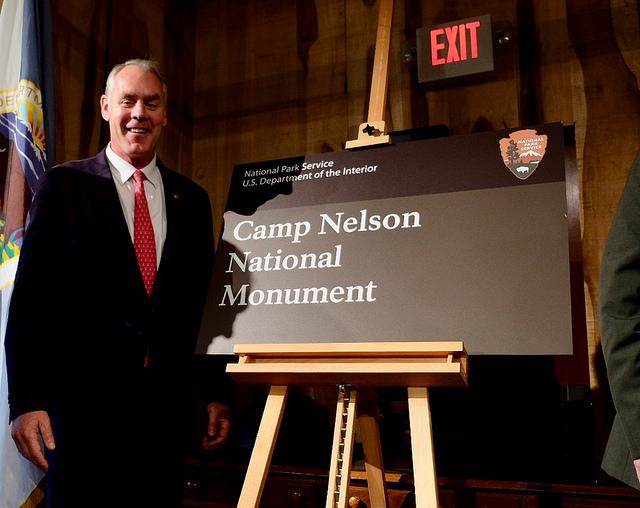NEW YORK—Public Advocate Bill de Blasio is concerned that certain neighborhoods are being deprived of access to Verizon’s FiOS fiber optic network, under a city contract. The city, meanwhile, disputes de Blasio’s calculations, arguing the city is on target in meeting contract milestones.
De Blasio, who is also a Democratic mayoral candidate, sent a letter this week to the City’s Department of Information Technology and Telecommunications (DoITT) arguing that the city is only at 51 percent of its goal. Neighborhoods such as Washington Heights, High Bridge, Astoria, Woodside, Bedford-Stuyvesant and Bushwick have largely been excluded from FiOS service, according to de Blasio.
While speaking at a mayoral forum on Friday on the topic of city technology issues, de Blasio demanded greater transparency for one of the biggest franchise agreements in the city’s history. He called on the city to make its data public so that the public can better track it.
“Verizon was supposed to have provided affordable high speed internet access through fiber to almost 80 percent of city by now,” de Blasio said. “Their [Verizon] feet are not being held to the fire.” It is understood that Verizon has reported meeting a target of 80 percent, but the city is still in the process of verifying that information.
DoITT is disputing the claims made by de Blasio, saying the city has met its goal to date, as required by the contract.
“Virtually all New York City households have access to broadband connectivity today, and the ongoing, on-schedule deployment of Verizon fiber (known as FiOS), now estimated at 80% across the five boroughs, will bring additional competition to the broadband market,” stated DoITT.
Access
In 2008 Verizon signed an agreement with the city to provide access to its FiOS network to all New Yorkers by June 30, 2014.
“Through its franchise with the City, Verizon must build FiOS past every New York City residence by mid-2014, and we’ve ensured – and will continue to ensure – it does so,” said DoITT.
At issue in the differing opinions appears to be a discrepancy between how the city defines “access,” and how de Blasio and perhaps New Yorkers at large view it.
The city’s terminology agreed upon with Verizon is “prems passed” (premises passes) not “houses connected.” Theoretically, if the wiring passes by a building, the residents can access the service, but that is not how it works. The wiring must be brought into the building for an apartment or home resident to hook it up, and in many cases the wiring stops short.
The term “passed” is not defined in the contract, however, according to the Fiber to the Home Council Americas website, “The number of ‘Homes Passed’ is the potential number of premises to which an operator has capability to connect in a service area, but the premises may or may not be connected to the network.”
The DoITT has audited the work completed for 2011, finding 66 percent of homes have fiber passing them, as required by the contract. The city has not audited Verizon’s data from 2012, it is understood.
Whether or not the service is connected is up to a building’s landlord, and not up to the city or Verizon, DoITT said.
According to New York State law, the landlord must let FiOS into the building if a tenant requests it, and landlords can make reasonable requests as to how it will be brought in, such as to protect the appearance, safety and functioning of the building. The law also compels the cable company, the tenant, or a combination thereof, to pay for the cost of installation and removal of the service.
Using a chart of the city and data from the state, De Blasio showed only 51 percent of New Yorkers actually have access to fiber--but it is not clear what role the term “passed” plays in the data. A call to the New York State Broadband Program Office to clarify how it defined “access” in its numbers was not returned by press time.
Multiple requests for comment to Verizon to clear up the definitions and terms in their contract were not returned by press time.
The contract has an anti “cherry-picking” provision which states, “Franchisee agrees that it shall not discriminate between or among any individuals in the availability of Cable Service or based upon the income in a local area.”
“The excuse that landlords are the hold-up here just doesn’t hold water,” said Wiley Norvell, spokesperson for de Blasio. “In block after block in low-income areas, not a solitary building has been connected to the network. Is Verizon suggesting that these landlords are engaged in some kind of mass lockout?”
Data cited in de Blasio’s letter to DoITT from the U.S. Census Bureau American Community Survey suggests that 46 percent of the city’s households cannot afford Internet access.





